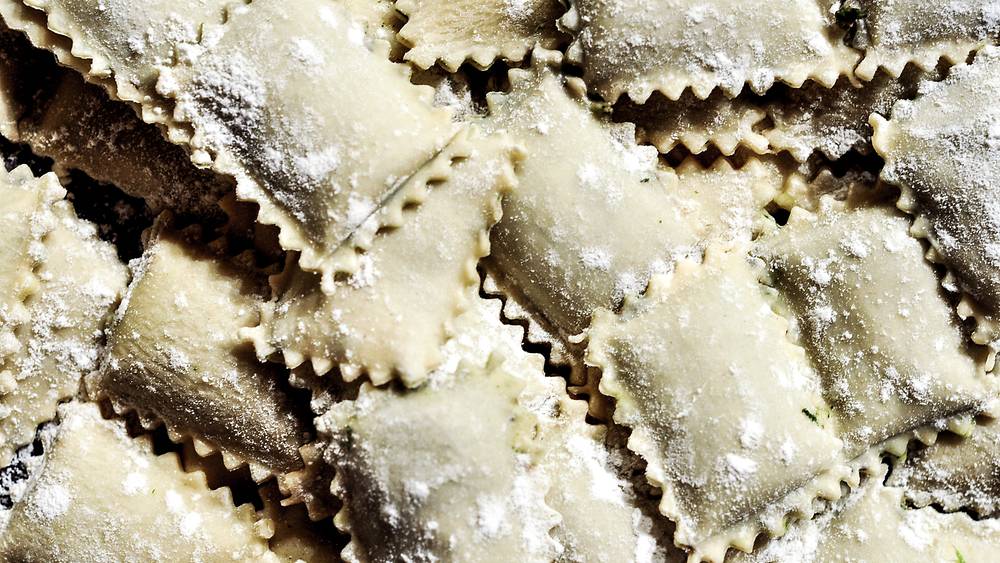Cargo news


What exactly is CEIV Fresh and how will it extend the shelf-life of perishables?
IATA has a new certification programme that standardises the air transport of perishables. Why does IATA's chief think it's a game-changer for perishables and the air cargo industry?
Tapping into industry wisdom and best practices, IATA has established a new certification that sets quality standards for the air transport of perishables. CEIV Fresh aims to increase consumer safety, reduce spoilage and eliminate food and horticulture waste.
As our menus become more global and our lives incorporate more fresh products from around the world out of season, the demand for transporting perishables expediently to avoid spoilage is increasing. At the same time, there’s a growing need for standardisation across the cool-chain to ensure those products arrive at their destination in pristine condition.
A growing global market in the air transport of perishables
To improve the handling and transport of those products that are prone to spoilage, the International Air Transport Association (IATA) has launched a new certification for the air cargo industry. Only a few months old, The Center for Excellence for Perishable Logistics, known as CEIV Fresh, has the potential to transform the sector.
“Perishable goods is a growing market for air cargo,” says Alexandre de Juniac, IATA’s Director General and CEO in a press release. “Ensuring that these delicate and short shelf-life products reach the customer unspoiled with minimal waste and loss is essential.”
CEIV Fresh provides a new set of rigorous standards
In much the same way that IATA’s prestigious CEIV pharma certification (Finnair was the first airline in the world to receive certification) binds airlines to a set of standards for the transportation and storage of medicines, CEIV Fresh certification lays out a series of requirements for time and temperature-sensitive transports of foodstuffs, fresh flowers and wine.
Based primarily on the IATA Perishable Cargo Regulations (PCR), the certification contains specific instructions that lays out what is appropriate packaging, proper use of radio-frequency identification (RFID) and how to best handle cut flowers.
It also incorporates standards for food safety developed under the Hazard Analysis Critical Control Point system, an internationally recognised approach for reducing the risk of safety hazards in food. This will help guarantee the seamless delivery of perishable cargo, like fresh fish, meats, dairy and frozen foods by ensuring that appropriate temperatures are maintained throughout the air transport chain. A smooth process can ideally extend the products’ shelf-life.
Staff competency to be improved with CEIV Fresh
While in the past, each stakeholder in the cold chain would assume responsibility for their step in the chain, CEIV Fresh aims to set quality standards for the whole industry in one go.
According to a study presented by a professor at the University of Florida, temperature is the most important factor for horticultural products after harvest. And the process of air transport – not only the flights themselves but also ramp transfers and temperature-controlled storage on the ground – is where the cold chain is often broken.
That means temperature-controlled storage facilities like Finnair Cargo’s COOL terminal at Helsinki airport are just as important as temperature-controlled holds inside aircraft.
By creating these standards for transport, CEIV Fresh will help increase staff competency and hopefully precipitate a future where customers can more easily track perishable products to monitor if they’re being held in the right conditions.
Collaboration across the cold chain
The certification also promotes collaboration across the cold chain.
While piloting the programme, The Airport Authority Hong Kong (AAHK), Cathay Pacific, Cathay Pacific Services Limited (CPSL) and Hong Kong Air Cargo Terminals Limited (HACTL) took a community approach to show the steps each stakeholder had to take to meet the standards.
Through this cooperation, Hong Kong airport became the world’s first CEIV Fresh certified airport due to its seamless transport of perishables, including cool dollies for ramp transport and temperature-controlled storage to prevent food loss.
By developing an approach that took the needs and responsibilities of all stakeholders into account, the airport was able to create a textbook procedure for the handling of perishables.